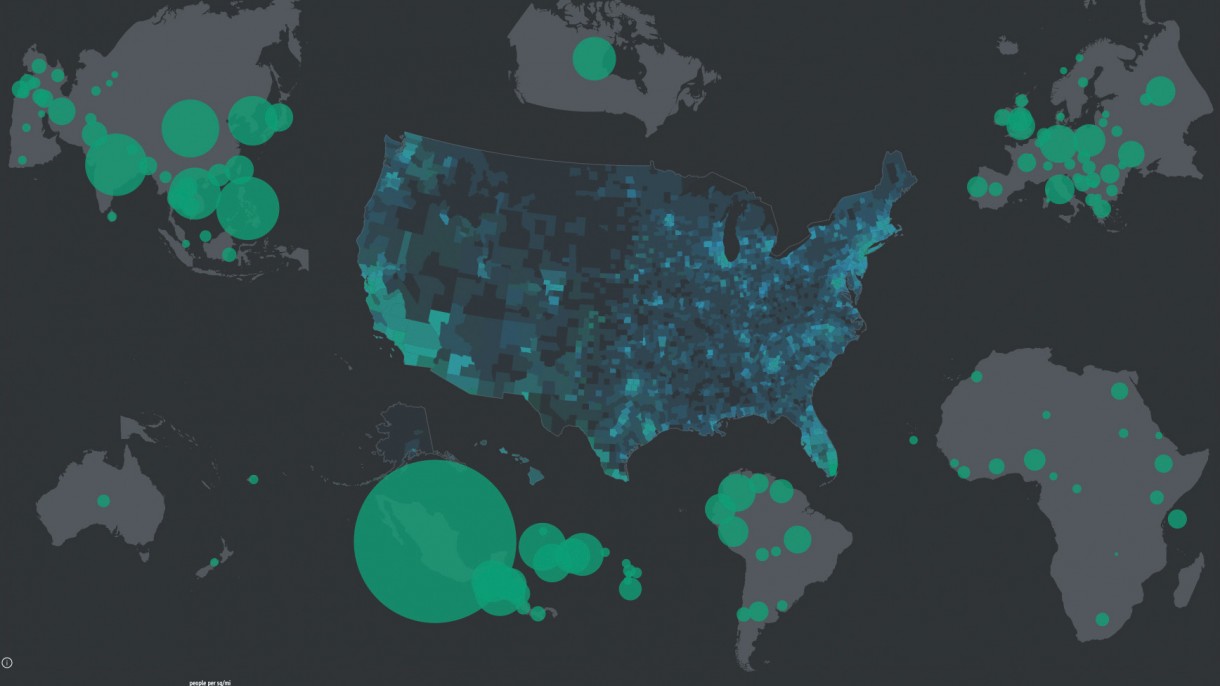What to Expect from the Sky in 2025
After studying physics in the Honors Program at Puget Sound, Regina Jorgenson ’98 dedicated her astrophysics career to exploring space, specifically galaxy formation and evolution. “I love astronomy because it has a built-in time machine,” says Jorgenson, who also has master’s and doctorate degrees in physics. “The farther away you look in space, the farther back in time you go.” Jorgenson served as the director of astronomy for the Maria Mitchell Association and the director of the Maria Mitchell Observatory in Nantucket, Mass., since 2016, before recently joining the faculty at Cal Poly Humboldt in Northern California.










